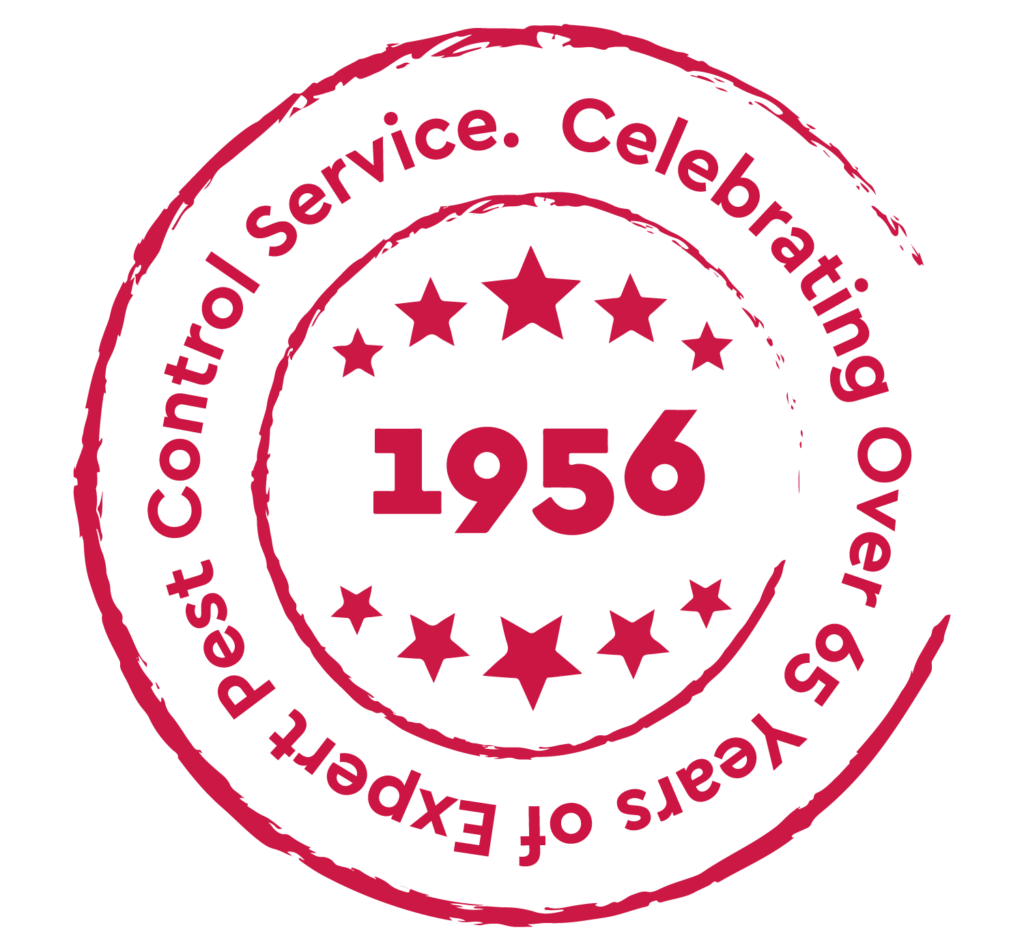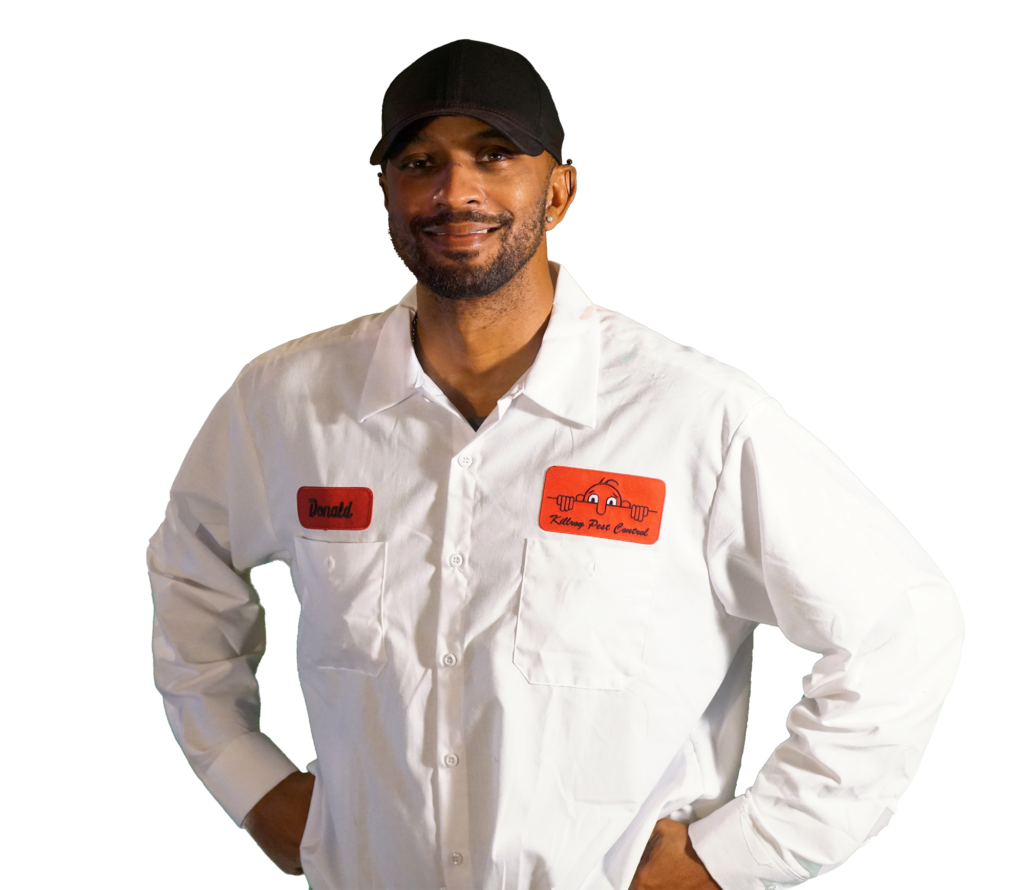

Killroy Termite Inspection in Tracy, CA
Your Local Tracy Termite Professionals
Is your largest asset disappearing in secret? A disaster could be hiding inside the walls of your home. Termites silently eat away at baseboards, walls, and supports destroying your home’s structural integrity. If you’ve noticed flying insect swarms in the heat that often follows a summer shower or a coating of dust that looks like salt and pepper, you could have termites. Another scary sign is channels chewed into wood and covered with pulped detritus.
You need to act quickly before the repair bills begin to add up or you lose your home. Give Killroy Pest Control a call.
When it comes to subterranean termites, you may wind up finding a small dirt pipe erupting from the soil around your property. If you fail to address the termite problem around your home, they can end up causing a tremendous amount of damage. For the most part, a business or home is the largest investment you are ever going to make. Protecting these investments at all costs is vitally important when it comes to the termite infestation. Do you’re research and then give us a call. We are the Tracy pest control company the locals trust.
Termite Inspection: What to Expect and How to Prepare
If you’re a Tracy homeowner, it’s important to get a termite inspection. These pesky critters can cause a lot of damage to your home if they’re not detected and treated early. Below are some pointers on how to prepare for an inspection and what to expect.
De-clutter your home
One of the best ways to prepare for pests’ inspection is to de-clutter your home. Clutter attracts termites, so getting rid of as much as possible will make our job easier. Ensure all furniture and belongings are cleared from the walls and remove any excess wood products from your home.
Clear the attic entrance and crawl space
Termites will often make nests in your attic or crawl space, so it’s essential to clear these areas before the inspection. Move any boxes or furniture blocking the entrance and open up the area for easy access. Move anything other than clothing out of closets (including shelves), so the we can check the back walls when inspecting.
Do some landscaping
If you have any trees or shrubs close to your home, it’s a good idea to trim them back before the inspection. Termites will often travel through these areas looking for food, so eliminating their access can help reduce the risk of an infestation.
What to expect from an inspection
During an inspection, one of our Tracy termite professionals will check all the accessible areas of your home for signs of an infestation. This includes looking in attics, crawl spaces, walls, and around windows and doors. We will pay attention to the kitchen and bathrooms during this process because termites often use spaces where plumbing passes through to access your home. Outside your home, we will look at the walls and the foundation.
We will examine your home for any signs of termites and termite damage, such as wood that has been chewed or hollowed out. We may use various tools, including thermal imaging and moisture meters, to detect these pests. The entire process can take anywhere from 30 minutes to several hours, depending on the size of your home.
What happens after an inspection?
Once we have completed their assessment, we will provide you with a report that outlines any problems found and what needs to be done next. If we find anything suspicious, we will likely recommend treatment. It’s important to address these issues as soon as possible to avoid getting worse. If you don’t have an infestation, we may recommend preventative measures, which might include:
FAQ
Got a Question?
Every 2 to 4 years depending on age and condition of home. Many companies sell annual inspections, but this is really more than most people need in our area
In a full inspection, we inspect all the structure that we can access without damaging, defacing, or moving anything. Inaccessible parts of the structure are noted on the report. A limited inspection is generally one particular area where the homeowner has noted or suspects damage, and is useful only for identification and estimate purposes.
Sooner or later almost every home in our area eventually gets attacked by termites. Subterranean, Drywood, and Dampwood termites all occur in the Bay Area. Subterranean termites nest in the soil, and can be prevented by applying a termiticide to the soil around the foundation of the home. Drywood termites enter directly into wood and have no requirement for soil contact.
Fumigators take great pains to avoid any of the fumigant getting confined in nearby buildings. Measurements with a sensitive gas monitoring device show that the gas dissipates very rapidly when not confined under the tarp. In addition, the warning agent “Chloropicrin” (tear gas) is introduced to the structure being fumigated to help determine if any improvements to the seal of the tarp is needed. Tear gas is intolerable well below levels that are toxic. While highly lethal at levels under the tarp, the fumigant Vikane® leaves no residue behind after the proper aeration of the structure.
Typically 3 days.
Remove anything alive (Pets, plants, people!), as well as unprotected foods and medicines not in airtight bags. Canned goods and unopened glass bottles are fine. Corked wine bottles should be removed. You will be given an “Occupants Fumigation Notice” listing all the things that you should remove or bag.
The gas (Vikane) leaves no residue on dishes, furniture, clothing, or anything else in the home. The gas dissipates quickly, and fumigators use sensitive equipment to “clear” the structure for re-occupancy. When you return home, virtually no gas remains, and secondary locks and warning signs will have been removed.
Fumigation will kill most pests in your house. Vikane is not 100% effective on insect eggs at rates used for termites. A higher dosage is used for killing bed bugs.
Fumigation kills the termites presently in your home. Killroy does guarantee our fumigations for 4 years, as it generally takes several years for termites to become a problem again in your house. This is why we recommend an inspection every 2 to 4 years to keep your home protected.
What to expect from an inspection
During an inspection, we will check all the accessible areas of your home for signs of an infestation. This includes looking in attics, crawl spaces, walls, and around windows and doors. We will pay attention to the kitchen and bathrooms during this process because termites often use spaces where plumbing passes through to access your home. Outside your home, we will look at the walls and the foundation.
We will examine your home for any signs of termites and termite damage, such as wood that has been chewed or hollowed out. We may use various tools, including thermal imaging and moisture meters, to detect these pests. The entire process can take anywhere from 30 minutes to several hours, depending on the size of your home.
What happens after an inspection?
Once we have completed their assessment, we will provide you with a report that outlines any problems found and what needs to be done next. If we find anything suspicious, we will likely recommend treatment. It’s important to address these issues as soon as possible to avoid getting worse. If you don’t have an infestation, we may recommend preventative measures, which might include:
Clearing wood from the exterior of your house
Removing wood debris and any old tree stumps from your property is one of the best ways to keep termites away from your home. Store firewood at least 20 feet away from the house, and make sure there is no wood in contact with the foundation or walls of your home. Inspect any lumber before purchasing it and avoid buying old, damaged wood.
Sealing cracks and openings in your foundation
Sealing cracks and openings where termites could enter is also an important part of prevention. If you have any cracks or holes in your foundation, patch them as soon as possible so that termites can’t get inside and start eating away at the wood structure of your home.
Repairing roof and attic issues as soon as they are detected
It’s essential to be vigilant about repairing any leaks or other problems in your roof and attic, as these are common entry points for termites.
Getting rid of moisture in your home
Moisture is a common attractant for termites, so make sure to keep your house dry as much as possible. This includes keeping the gutters clear and repairing any leaks that may be present in your roof or walls during the colder months in Tracy. It is also essential that you keep the wood framing of your home dry at all times by ensuring there are no leaking pipes anywhere near it (such as under sinks).
Scheduling an annual inspection
Annual inspections help to ensure that any problems are detected and treated before they get out of hand. A termite inspection is best done by a licensed professional who will identify all signs of infestation, including hidden colonies in the walls or ceiling cavities. If you need a professional inspection at your home in Tracy, California, reach out to us. We are certified, licensed, and insured for your protection. Our inspectors are highly trained experts who will get the job done right without breaking your budget. We do an excellent job at keeping your home safe from termites using safe treatments. We identify and manage the problem using a combination of technology, experience, and well-trained staff. For more information, call us today!
Your Tracy Pest Control Pros!
Killroy Pest Control
- Phone: 510-937-3922
- Address: 1660 W Linne Rd Suite G, Tracy, CA 95377








